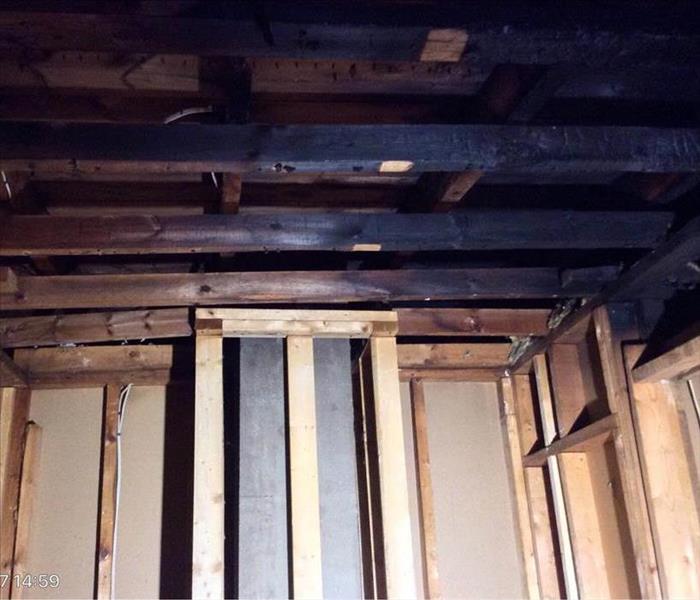The Importance of Deodorization in Fire Damage Restoration
2/19/2024 (Permalink)
When a fire occurs, the resulting smoke and soot particles can penetrate deep into the structure and materials of a property, leaving behind persistent and unpleasant odors. Addressing these lingering odors is a critical step in fire damage restoration. Deodorization plays a vital role in eliminating smoke odors and restoring a property to its pre-fire condition. In this blog, we will explore the significance of deodorization in fire damage restoration, highlighting the techniques and benefits of effective smoke odor removal.
Understanding Smoke Odors
Smoke odors can be pervasive and challenging to remove due to the microscopic particles they leave behind. These particles can penetrate porous materials, such as fabrics, upholstery, carpets, and even the building's structural elements. Over time, the odor particles continue to release unpleasant smells, affecting the indoor air quality and making the property uninhabitable.
Effective Deodorization Techniques
Thermal Fogging
Thermal fogging is a widely used technique in fire damage deodorization. This process involves the use of a thermal fogging machine to disperse a specialized deodorizer throughout the affected area. The fog, consisting of small particles, penetrates tiny crevices and porous materials, neutralizing the smoke odor particles. Thermal fogging is highly effective in reaching areas that are difficult to access, ensuring comprehensive smoke odor removal.
Ozone Treatment
Ozone treatment is another powerful deodorizing technique commonly employed in fire damage restoration. Ozone generators produce ozone molecules that chemically react with the smoke odor particles, neutralizing them and eliminating the unpleasant smell. Ozone treatment helps deodorize large areas and is particularly effective for fire-damaged properties with strong and persistent odors.
Air Scrubbing
Air scrubbers, equipped with high-efficiency particulate air (HEPA) filters, are used in conjunction with other deodorization techniques to remove smoke particles from the air. These machines continuously circulate the air, capturing smoke particulates and other contaminants, thus improving the indoor air quality while contributing to the overall deodorization process.
Benefits of Deodorization in Fire Damage Restoration
Elimination of Lingering Odors
By effectively removing smoke odors, deodorization restores the indoor environment to a pre-fire condition. This creates a comfortable living or working space by eliminating the unpleasant and persistent smells associated with fire damage.
Improved Indoor Air Quality
Smoke particles can have adverse effects on indoor air quality, potentially leading to respiratory issues and other health concerns. Deodorization helps remove these particles, improving the air quality and providing a safer environment for occupants.
Restoration of Property Value
Eliminating smoke odors is essential for the restoration of property value. Potential buyers or tenants are more likely to be interested in a property that does not have lingering reminders of a fire incident. Deodorization ensures that the property is clean, fresh, and free from any smoke-related odors, enhancing its appeal and marketability.
Preventing Secondary Damage
Persistent smoke odors can permeate surfaces and materials, leading to long-term problems such as staining, discoloration, and corrosion. By addressing these odors promptly through deodorization, the risk of secondary damage is minimized, saving property owners from additional restoration expenses.
Deodorization is a crucial step in fire damage restoration. Whether through thermal fogging, ozone treatment, or air scrubbing, effective deodorization techniques remove persistent smoke odors, improve indoor air quality, restore property value, and prevent secondary damage. If your property has been affected by a fire, it is essential to engage the services of professional fire damage restoration experts, such as SERVPRO®, who have the expertise, equipment, and specialized knowledge to properly deodorize your property and restore it to its pre-fire condition.

 24/7 Emergency Service
24/7 Emergency Service
